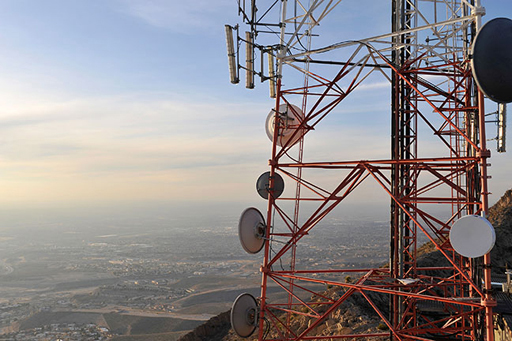1.4 Wireless networks
Early computer networks depended on wires to move their data around the world, but engineers quickly realised that it would be useful to be able to use wireless (radio) connections to create a local wireless network.
Nowadays, wireless local area networks are commonplace. These wireless local networks have become known as Wi-Fi after the trademark of the Wi-Fi Alliance that certifies compatible products. If you have a laptop, tablet or smartphone, it probably has wi-fi access. Wi-fi is also being incorporated into an ever wider range of consumer goods including eBook readers, smart televisions, burglar and smoke alarms.
Wi-fi enables devices such as computers and printers to be connected together wirelessly to form a local area network (LAN). Instead of the signals going through cables and wires, they are sent through the air instead as radio waves.
The name ‘wi-fi’ refers in particular to wireless local area networking technology that is compliant with a particular family of standards maintained by the Institute of Electrical and Electronics Engineers (IEEE) and called the 802.11 family. You will see different variants of this standard on wireless routers, for example 802.11b, 802.11g and 802.11n.
In wireless LANs, the individual laptops, mobile phones and other devices, or nodes, are usually referred to as stations, acknowledging the fact that each communicating device acts as a radio station with a transmitter and a receiver.
In order to connect to a wi-fi network, a station needs to know the name of the network. This is also known as the service set identifier (or SSID) of the wireless LAN. The ‘service set’ referred to here is the set of wireless devices to be served by a particular wireless LAN.
The SSID allows the nodes on a wireless LAN to distinguish themselves from nodes on other wireless LANs that may be operating in the same physical space. For example, in many airports mobile phone companies provide free wireless LAN services to their customers and use the SSID to ensure that customers connect to the appropriate wi-fi network.
When you are trying to connect to an available network, you will see a list of SSIDs that are reachable from your device, some of these will have padlocks against them – more about what that means later.

